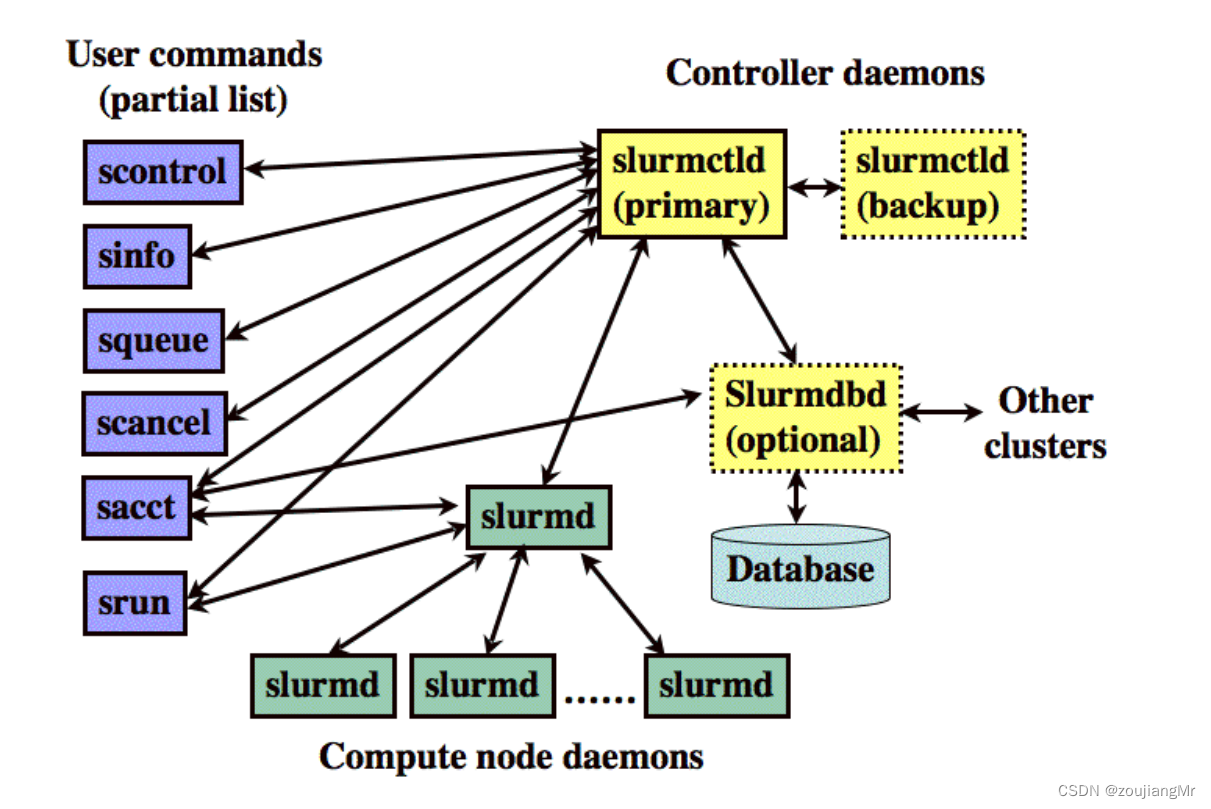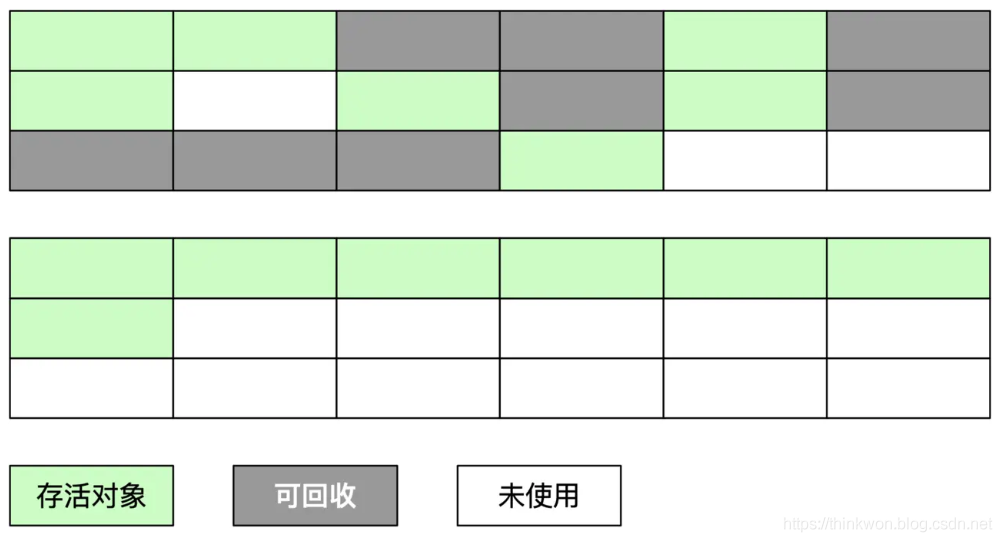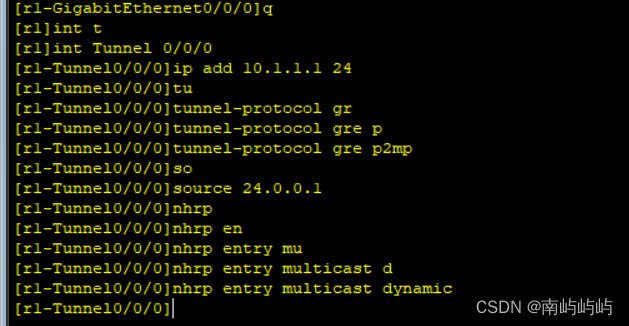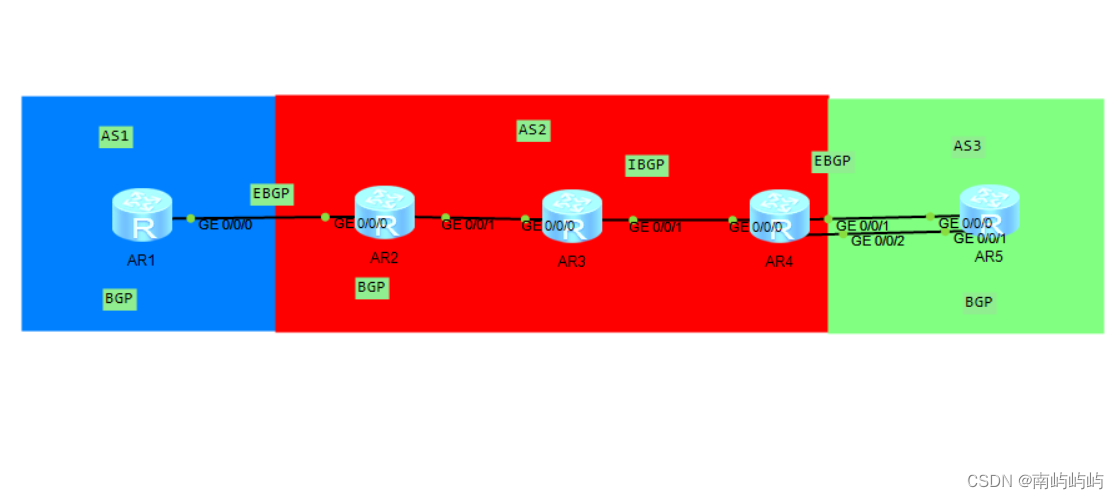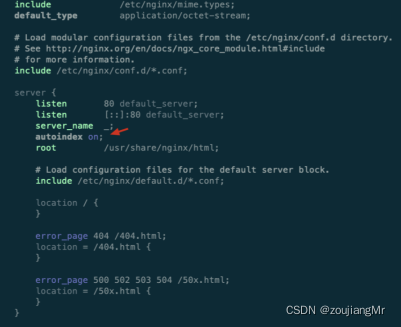当前位置:网站首页>[损失函数]——均方差
[损失函数]——均方差
2022-08-11 05:35:00 【Pr4da】
1. 均方差损失函数(Mean Squared Error, MSE)
均方差损失函数是预测数据和原始数据对应点误差的平方和的均值,公式为:
M S E = 1 N ( y ^ − y ) 2 MSE = \frac{1}{N}(\hat{y}-y)^{2} MSE=N1(y^−y)2
N为样本个数。
2. 均方差在pytorch中的用法
均方差损失函数在pytorch中的函数为:
torch.nn.MSELoss(size_average=None, reduce=None, reduction='mean')
pytorch中默认损失计算的是均值。
我看很多博客对该损失函数讲解的不是很全面,它们只告诉你这个接口怎么用而不讲解其中是怎么进行运算的,下面我用一个实例来讲解一下函数内部是如何运算的。
>>> input = torch.randn(3,5,requires_grad=True)
>>> input
tensor([[ 0.0107, 0.0574, 0.2145, -0.6022, -0.2549],
[-0.5236, -0.0693, 0.4386, 0.1597, 2.2749],
[-1.7281, -0.6220, 2.5002, -0.5681, -0.5767]], requires_grad=True)
>>> target = torch.randn(3,5)
>>> target
tensor([[ 0.3699, -0.7985, 1.2310, 0.3084, 2.2067],
[ 0.2520, -1.0720, 0.1930, -0.2715, 0.7808],
[-0.9800, -1.0310, -1.2699, -0.9418, -1.2091]])
>>> loss = nn.MSELoss()
>>> output = loss(input, target)
>>> output.backward()
>>> output
tensor(1.8899, grad_fn=<MseLossBackward>)
计算得到input和target的均方差为2.3449。下面我们不借助torch.nn.MESLoss()来计算下它们的均方差。
首先根据公式我们要计算input和target的差的平方:
>>> result = (input-output)**2
>>> result
tensor([[ 0.1290, 0.7326, 1.0333, 0.8291, 6.0594],
[ 0.6015, 1.0054, 0.0603, 0.1860, 2.2324],
[ 0.5596, 0.1673, 14.2134, 0.1397, 0.3998]], grad_fn=<PowBackward0>)
接着我们求result所有元素的和,然后再除以元素总个数15:
>>> result = result.view(15,).sum()/15
>>> result
tensor(1.8899, grad_fn=<DivBackward0>)
和nn.MSELoss()计算结果相同。
值得注意的是,若多分类任务中要使用均方差作为损失函数,需要将标签转换成one-hot形式,这与交叉熵损失函数恰巧相反。关于交叉熵如何使用可以参考我的另一篇博客:[损失函数]——交叉熵。
因为在使用nn.CrossEntropyLoss()时是取出激活层输出中每个样本( 每一行)中最大的数参与损失函数的运算,而均方差则不然,它是对每一个输出都要参与运算,所以在使用均方差作为损失函数的时候要将标签转换成one-hot形式。
3. 均方差不宜和sigmoid函数一起使用
下面用公式来进行说明:
sigmoid的函数如下:
S ( x ) = 1 1 + e − x S(x)=\frac{1}{1+e^{-x}} S(x)=1+e−x1
均方差损失函数:
L o s s = 1 N ( y ^ − y ) 2 = 1 N ( S ( ω ∗ x + b ) − y ) 2 Loss = \frac{1}{N}(\hat{y}-y)^{2} =\frac{1}{N}(S(\omega *x +b)-y)^2 Loss=N1(y^−y)2=N1(S(ω∗x+b)−y)2
对权值求导 ω \omega ω:
∂ L o s s ∂ ω = 2 N ( S ( ω ∗ x + b ) − y ) S ′ ( ω ∗ x + b ) \frac{\partial Loss}{\partial \omega }=\frac{2}{N}(S(\omega *x +b)-y){S}'(\omega *x +b) ∂ω∂Loss=N2(S(ω∗x+b)−y)S′(ω∗x+b)
最终变换成对sigmoid函数求导,sigmoid函数有一个特点,那就是横坐标越远离坐标原点,导数越接近于0,当 S ( ω ∗ x + b ) S(\omega *x +b) S(ω∗x+b)越接近1时导数越小,最终会造成梯度消失。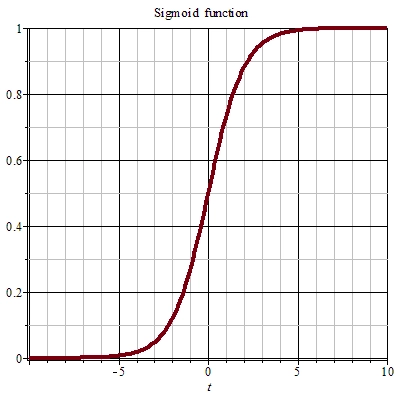
pytorch官方文档
交叉熵损失函数(Cross Entropy Error Function)与均方差损失函数(Mean Squared Error)
边栏推荐
猜你喜欢
随机推荐
SECURITY DAY05 (Kali system, scanning and caught, SSH basic protection, service SECURITY)
(2) Software Testing Theory (*Key Use Case Method Writing)
防火墙-0-管理地址
Windos10专业版开启远程桌面协助
uboot设置默认的bootdelay
ETCD单节点故障应急恢复
自定义MVC增删改查
MySQL01
pytorch调整模型学习率
华为防火墙-7-dhcp
Record a Makefile just written
buildroot嵌入式文件系统中vi显示行号
iptables 流量统计
China Mobile Communications Group Co., Ltd.: Business Power of Attorney
MySQl进阶之索引结构
SECURITY DAY03(一键部署zabbix)
HCIP MPLS/BGP综合实验
slurm集群搭建
arcmap下的多进程脚本
升级到Window11体验
